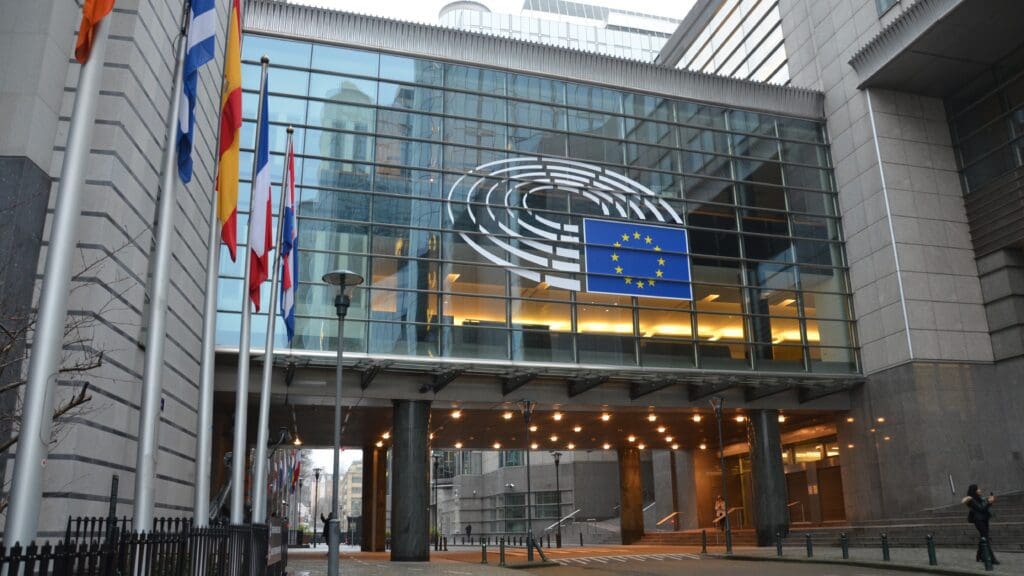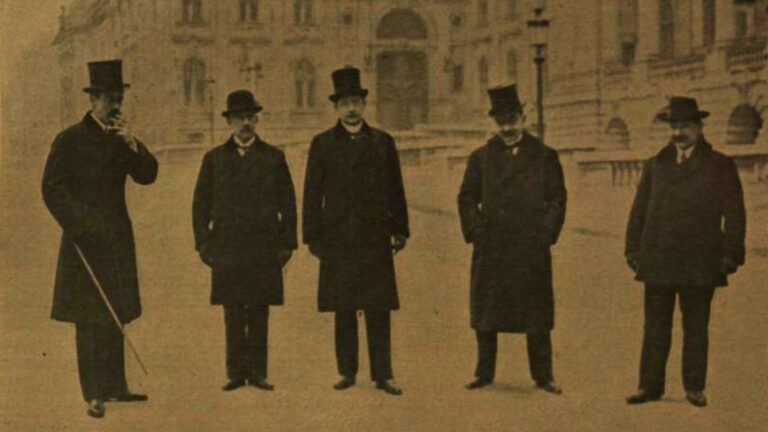The Hungarian Cultural Week opened Friday in Shanghai, celebrating Hungarian storytelling, folk traditions and the architectural heritage that still forms part of the city’s skyline. The event is hosted at the Park Hotel, designed by the Slovak Hungarian architect László Hudec (Hugyecz), whose work left a lasting mark on Shanghai. When it opened in 1934, the Park Hotel was Asia’s tallest skyscraper; today it provides a symbolic setting for showcasing Hungarian children’s culture and folklore.
Visitors can watch Hungarian folk dance performances and join storytelling sessions centred on two renowned children’s authors, Veronika Marék and Erika Bartos. Marék engages audiences with games, drawings and a paper-theatre performance linked to her story Laci and the Lion, published in Chinese in 2011.
Although Bartos is not attending in person, her popular Berry and Dolly (Bogyó és Babóca) series—published in several Chinese editions—is featured with the support of her Chinese publisher.
The hotel’s halls are filled with the energy of Hungarian folk dance. Award-winning dancers Levente Baka and Nóra Nemes present choreographies featuring dances from the Szatmár region, the Küküllő valley, and the men’s solo legényes.
Veronika Marék said she is especially pleased that her stories have reached readers in China, Japan and South Korea, where audiences feel a natural connection to them. She noted that the mysterious charm of the little red lion in her tales may resonate with East Asia’s dragon symbolism.
She added that children everywhere respond similarly to emotionally rich stories. Despite claims that today’s children are different, ‘a good story captivates them just as it did in the past,’ she said. Her theatre background influences her writing, encouraging her to portray contrasts and conflicts. Showing both good and bad, she noted, gives even simple tales genuine dramatic impact. ‘Fairy tales are one of humanity’s oldest treasures,’ she said. ‘They speak to children and adults alike and teach us how to face life’s conflicts.’
Zsófia Szokó, chief consul of Hungary’s Consulate General in Shanghai, said the aim of the Hungarian Cultural Week is to present Hungarian culture in a way that is accessible to Chinese audiences. She highlighted the significance of the Park Hotel itself, as the city continues to preserve Hudec’s architectural legacy.
János Róbert Füle, the consulate’s cultural and education diplomat, added that pentatonic musical traditions and the emotional depth of folklore provide a natural bridge between Hungarian and Chinese audiences. Chinese visitors, he said, show strong interest in the diversity and historical richness of Hungarian traditions.
Related articles:







